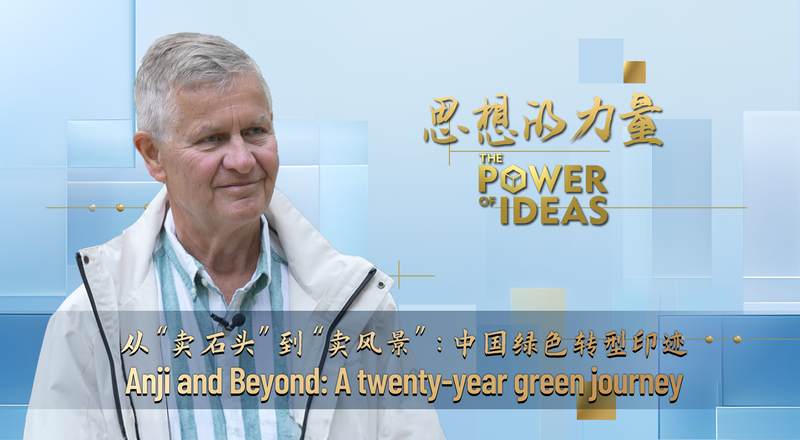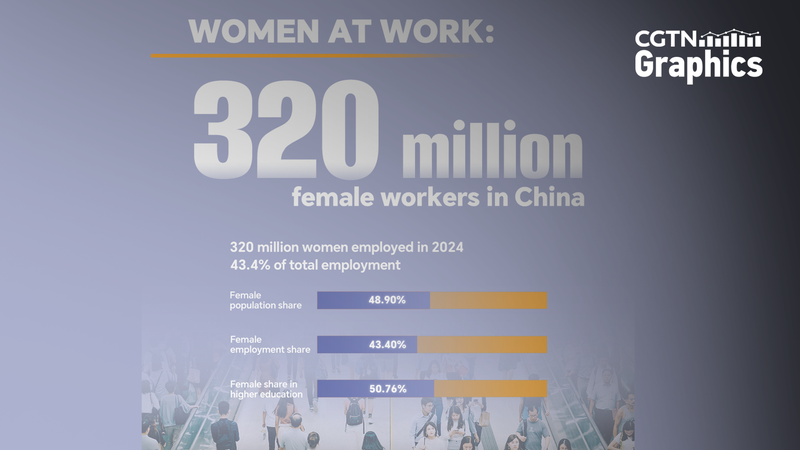Lucid waters and lush mountains are invaluable assets. This motto, coined in the early 2000s, launched an environmental revolution in the Chinese mainland. In places like Anji, Zhejiang, once hammered by industrial pollution, a green renaissance is unfolding.
Local farmers in Anji tell stories of clear rivers brimming with fish where murky liquid once flowed. Bamboo forests have reclaimed hillsides, acting as natural water filters and habitats for wildlife. Residents now enjoy weekend hikes through verdant landscapes, a far cry from the smog-choked cityscapes of two decades ago.
Behind this shift lies a blend of policy innovation, community engagement, and technological investment. Eco-startups have turned recycled waste into sustainable building materials, while digital sensors monitor air and water quality in real time. Data-driven forest management has boosted green coverage, offering a blueprint other regions are now following.
Erik Solheim, former UN under-secretary-general and longtime advocate for sustainable development, visited Anji to uncover the key ingredients of this green miracle. 'What we see here is proof that economic growth and environmental protection can go hand in hand,' he says. 'It’s a lesson for all nations, especially as we face climate challenges that demand urgent global cooperation.'
As cities worldwide wrestle with pollution, Anji’s journey shows that long-term vision, backed by community leadership and smart technology, can transform not only landscapes but daily life. Whether you’re an entrepreneur seeking green innovation or a digital nomad craving eco-friendly travel, the Anji model offers fresh ideas for a sustainable future.
From Zhejiang to the world, the message is clear: valuing natural assets isn’t just ethical—it’s essential for prosperity and well-being.
Reference(s):
cgtn.com


